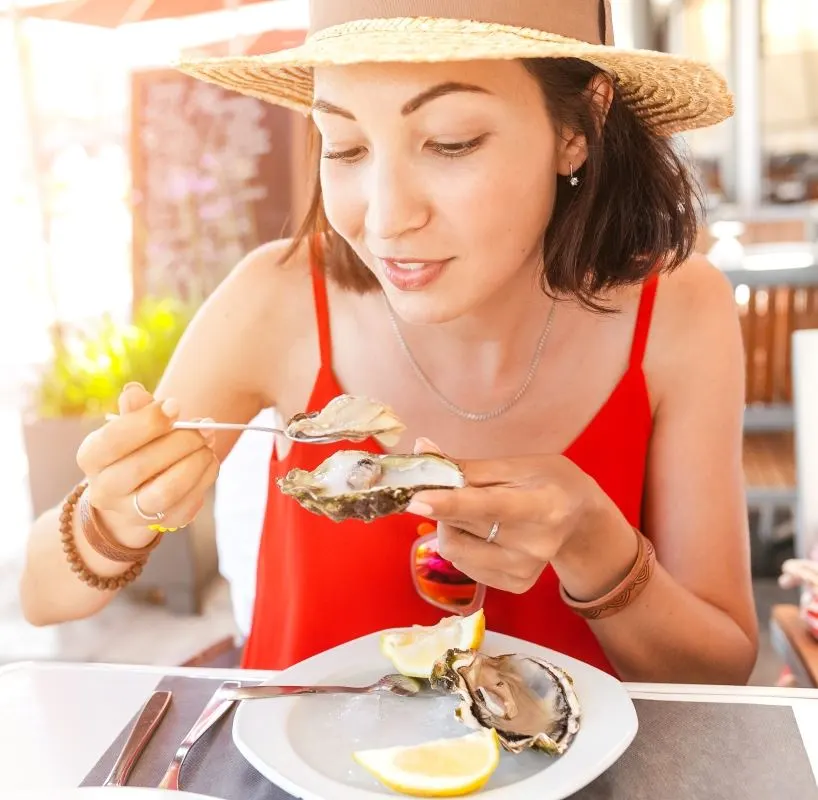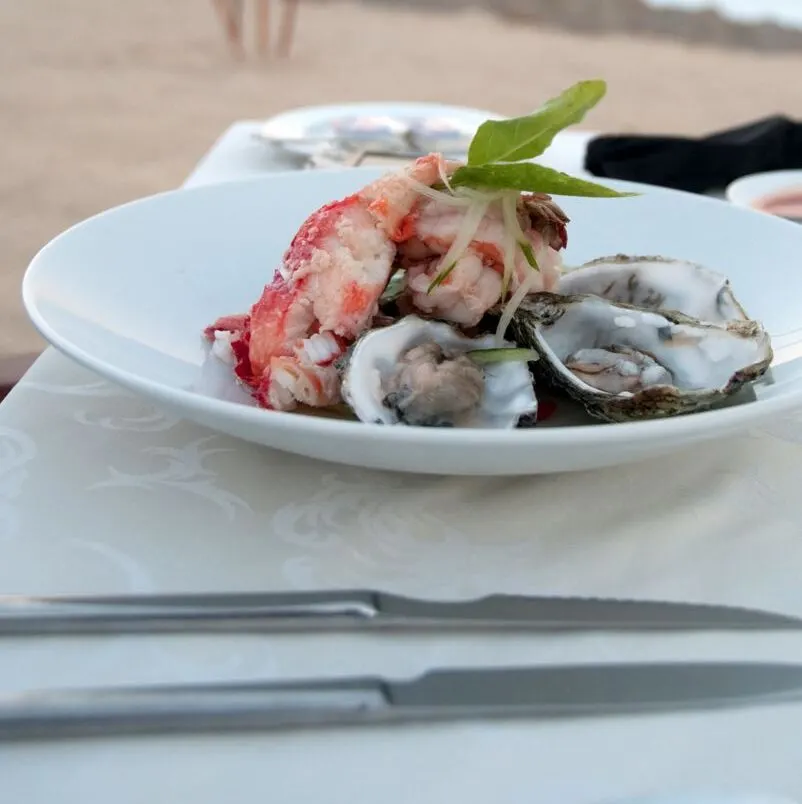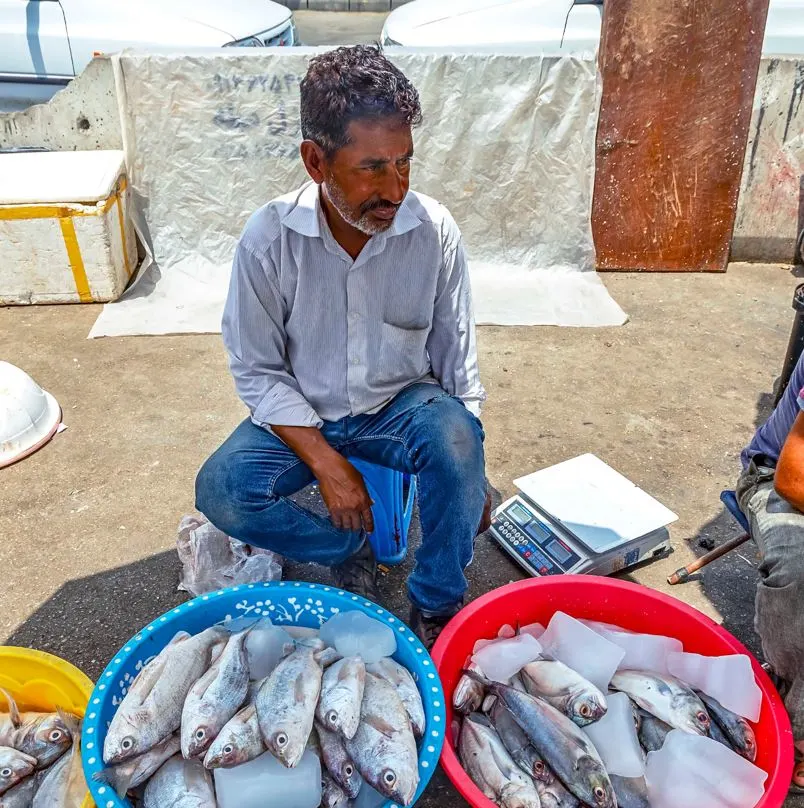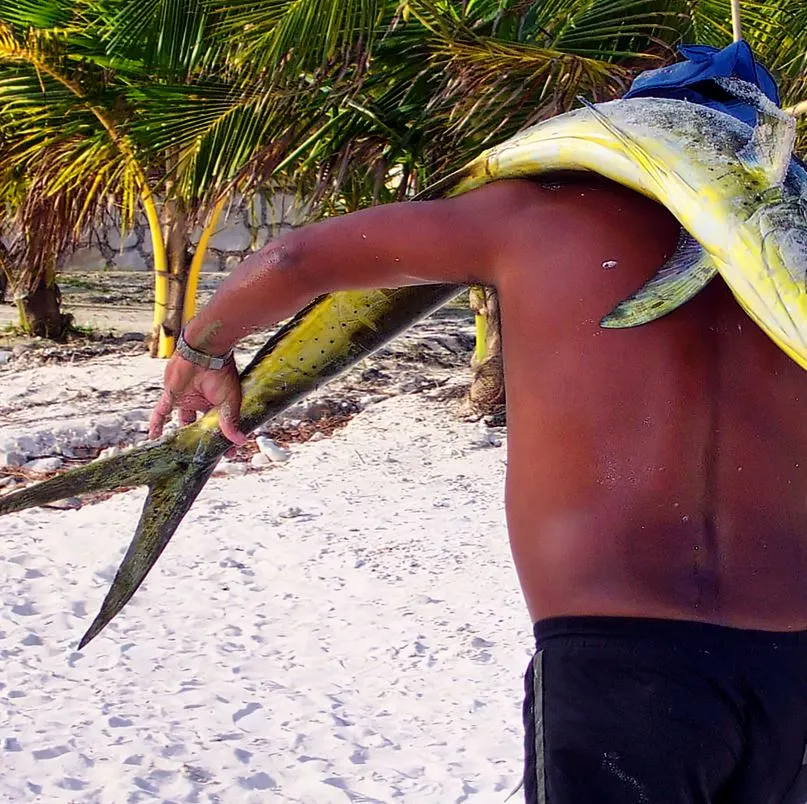Last Updated
It’s the peak of the spring travel season when the demand for fish and shellfish spikes due to religious and cultural influences.
It was not the best time for tests of the shellfish in La Paz to come up with unacceptable levels of a potentially deadly toxin.

Local officials moved quickly to temporarily ban the sale of shellfish in La Paz to prevent an outbreak of disease.
What Was Detected?
Recent testing of an oyster from the waters around La Paz Cove detected the presence of the potentially deadly toxin called Saxitoxin.
The toxin originates in algal blooms when the shellfish consume the algae, and it is converted to Saxitoxin. It commonly leads to shellfish bans around the world.
According to health policy NOM-EM-005-SSA1-2001, the maximum allowable toxin level is 80 micrograms per 100 grams.

The Effect on Humans
Saxitoxin is commonly found in shellfish around the world, especially in oysters, clams, and mollusks. It is a very strong neurotoxin that can cause a condition called Paralytic Shellfish Poisoning or PSP. It can lead to respiratory failure from eating contaminated shellfish.
There have been reported incidents in the past of Saxitoxin PSP in the United States in places such as Alaska, California, Oregon, Washington, and New England.
Top 5 Travel Insurance Plans For 2023 Starting At $10 Per Week
Easily Earn Points For Free Travel

The toxin is so potent that the US military actually developed it as a potential chemical weapon. The development of Saxitoxin ended in 1969 when President Nixon ended the US military chemical weapons program.
There is an antidote available as long as rescuers can keep the victim breathing until the antidote is applied.
Follow-Up Testing
After the positive test, La Paz, federal and state officials continued to enforce the ban until a second sample could be obtained and submitted to the laboratory for testing.

The local Commission for Analytical Control and Expansion of Coverage received word from the federal laboratory that the second test conducted on Friday came up with acceptable levels of Saxitoxin present in La Paz shellfish.
The amount was 30.58 micrograms per 100 grams, which is considered in line with the recommended levels of 80 micrograms per 100 grams or less.
The State Commission for the Protection against Sanitary Risks José Manuel Larumbe Pineda has since given his approval for La Paz shellfish sales to resume and spot testing of Saxitoxin levels to continue to ensure that the levels do not spike again.

Larumbe Pineda reminded those that handle raw shellfish in La Paz to exercise due caution when handling the product. Handlers also were reminded to wash their hands frequently and use antibacterial products while the levels remained elevated yet acceptable.
How Tourists Can Stay Safe
Tourists can stay safe by throwing away any shellfish from before the lifting of the ban last Friday. They should also be very careful consuming any raw mussels, clams, or oysters while the levels remain slightly elevated.
La Paz visitors should also exercise the same care recommended to those selling fish and seafood. Frequent hand washing after handling raw fish and seafood should be practiced, as well as disinfecting utensils and cutting boards used to prepare raw fish and shellfish.

Tourists should also ensure that fish is cooked to the proper temperature and check that fish served in a restaurant setting is fully cooked and arrives hot. Special care should be exercised when consuming ceviche from local food stall vendors.
Tourists should also carry sufficient travel insurance in the event that they do get sick and require medical care while on vacation.
Larumbe Pineda also reminded tourists that they should feel comfortable reporting any questionable food safety practices or instances they come across while visiting the area.
La Paz travelers can report food safety issues to the State Commission for the Protection against Sanitary Risks at their website at www.coeprisbcs.gob.mx. All inquiries lead to food safety inspections to reduce the potential transmission of food-borne diseases to locals or visitors.
Plan Your Next Cabo Vacation:
Traveler Alert: Don’t Forget Travel Insurance For Your Next Trip!
Choose From Thousands of Cabo Hotels, Resorts and Hostels with Free Cancellation On Most Properties
↓ Join The Community ↓
The Cabo Sun Community FB group has all the latest travel news, conversations and current events happening in Los Cabos

Subscribe to our Latest Posts
Enter your email address to subscribe to The Cancun Sun’s latest breaking news affecting travelers, straight to your inbox.
